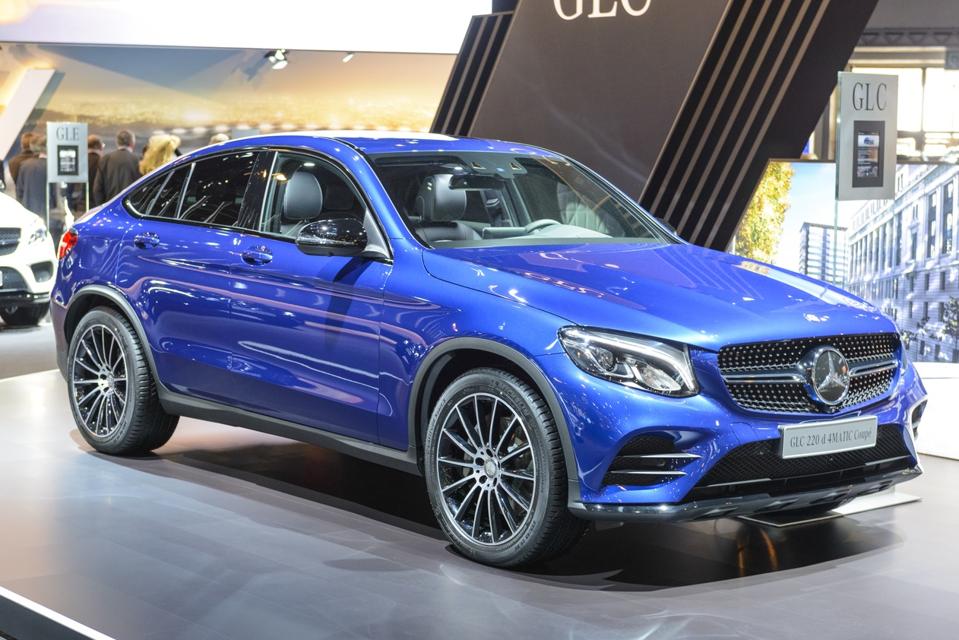Europe’s auto exports to the U.S. could fall by just over 20% or 200,000 vehicles in 2025 if the new 25% tariff lasts for the whole year, French automotive consultancy Inovev said.
The new tariff started April 3. It replaces the previous tariff of 2.5%.
Inovev estimated total exports last year were just over 900,000, led by the Mercedes GLC, and Volvos XC90 and XC60. Volvo is owned by Geely of China.
The U.S. is Europe‘s biggest auto export market, followed by Turkey with just over 600,000 and China’s close to 500,000. European sales to the U.S. – the EU plus the U.K., were around 970,000 in 2018, slid to just over 700,000 in 2022, and have climbed steadily since then, according to Inovev.
“The leading exporting automakers are the Germans, with 26% from Volkswagen brands, 24% from Mercedes and 10% from BMW. This is followed by the Geely Group’s Volvo and Tata Group’s Jaguar Land Rover with 12%,” Inovev said in a report.
The X1 is BMW’s top seller in the U.S., followed by the 4 Series. The new Land Rover Defender is JLR’s top seller, followed by the Range Rover and Range Rover Sport.
JLR announced last week it will pause shipments to the U.S. for a month, as it considers how to handle the cost of the 25% tariff.
“As we work to address the new trading terms with our business partners, we are taking some short-term actions, including a shipment pause in April, as we develop our mid-to longer-term plans,” JLR said in a statement.
JLR sells about 100,000 vehicles a year in the U.S., its largest market. Total JLR sales are around 400,000. JLR reportedly has about two months of supply already in the U.S, which wouldn’t be subject to the new tariff.
Audi has also suspended U.S. shipments.
In the report, Inovev pointed to the uncertain nature of the situation.
“What impact could this new additional tariff have on European exports to the USA? It will initially depend on the duration of this measure: 1 month? 1 year? More? The duration of this measure could depend on the pressure that could be exerted both by carmakers on American soil and supply chains, but also by the distributor network which risks seeing a drop in sales in the short term, in the event that there is no buying transfer to models produced on American soil,” Inovev said.
“In addition, the rate of this surcharge could also vary over time if negotiations open between the USA and Europe. If this additional tariff were to run throughout 2025 at a constant rate of 25%, Inovev estimates that exports could decrease by 200,000 compared to 2024.”
If the tariff continued through 2025 or into 2026 automakers might open new factories in the U.S. or transfer European production to existing U.S. factories. VW subsidiaries Porsche and Audi could move some production to its U.S. factory in Chattanooga, Tennessee. Mercedes has a U.S. factory in Tuscaloosa, Alabama, BMW in Spartanburg, South Carolina and Volvo in Charleston, South Carolina.

